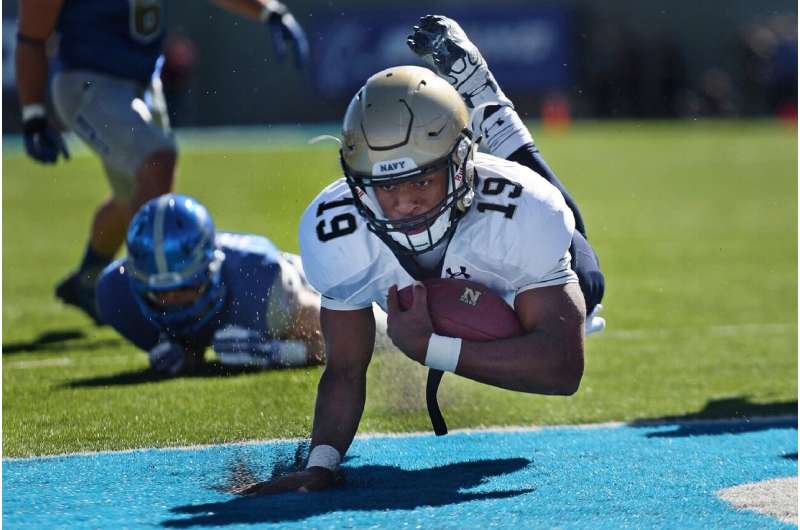June 8, 2023 report
This article has been reviewed according to Science X's editorial process and policies. Editors have highlighted the following attributes while ensuring the content's credibility:
fact-checked
peer-reviewed publication
trusted source
proofread
Why eating disorders in athletes can often go unnoticed

Researchers at the College of Physical Education and Sport Palestra, Czechia, have investigated ways to detect eating disorders in athletes. In their paper, "A pilot study of a modification EAT-26 questionnaire for screening pathological eating behavior in competitive athletes," published in Frontiers in Psychology, the team sought to modify the most accurate eating disorder screening questionnaire to better capture the disorder in competitive athletes.
The team focused on athletes in more aesthetic sports like gymnastics, professional dance, figure skating, and bodybuilding (classic bodybuilding, bikini fitness, and physique training). In total, 100 respondents, 79 women and 21 men aged 16–26 participated in the research.
In a reformulated version of the EAT-26 test, the analysis discovered five common significant factors elevated across participants: control over diet, control over body weight, obsession with training, appetite for food, and calculating caloric intake. The difficulty is in separating pathology behavior indicators of the elevated factors from the normal eating and training regimen of athletes.
The causes and manifestations of eating disorders in athletes are not identical to those of the general population. They are far more driven by athletic performance and success in sports than body appearance and body weight alone.
The term sports anorexia is commonly used to describe athletes who restrict energy intake, engage in excessive to extreme exercise, or engage in both to achieve or maintain low body weight to maximize their athletic performance. In some sports, weight classes, such as boxing or wrestling, require an athlete to keep under a certain weight to compete. There can also be roles in athletic sports that encourage overeating, like an offensive lineman in American football or a sumo wrestler.
Respondents from the bodybuilding and fitness sports sector had the highest number of points on average and were the only ones who exceeded the threshold of 57 points (out of 100) on average. The results of the work correspond with the opinion of many experts that the sports environment is ideal for covering up disturbed eating behavior or eating disorders, and diagnosis in this environment is challenging.
The study's main goal was to confirm the correctness and appropriateness of the newly crafted EAT-26 questionnaire. The team discovered five common factors shared by the athletes that are part of training. As this is a pilot study, it is the researchers' first step in the overall validation process of the new method.
More information: Daniela Stackeová et al, A pilot study of a modification EAT-26 questionnaire for screening pathological eating behavior in competitive athletes, Frontiers in Psychology (2023). DOI: 10.3389/fpsyg.2023.1166129
© 2023 Science X Network




















